Knee pain while running? It's a common dilemma many runners and athletes face. You don't want to push through the pain, but you also don't want to take a break from your exercise routine. Knee injuries can sideline even the most experienced runners, and preventive measures are essential for staying in the game.
In this article, we'll dive deep into the importance of a knee brace for running for you. From the different types of knee braces to important features to consider, we'll help you make an informed decision so you can hit the ground running with confidence.
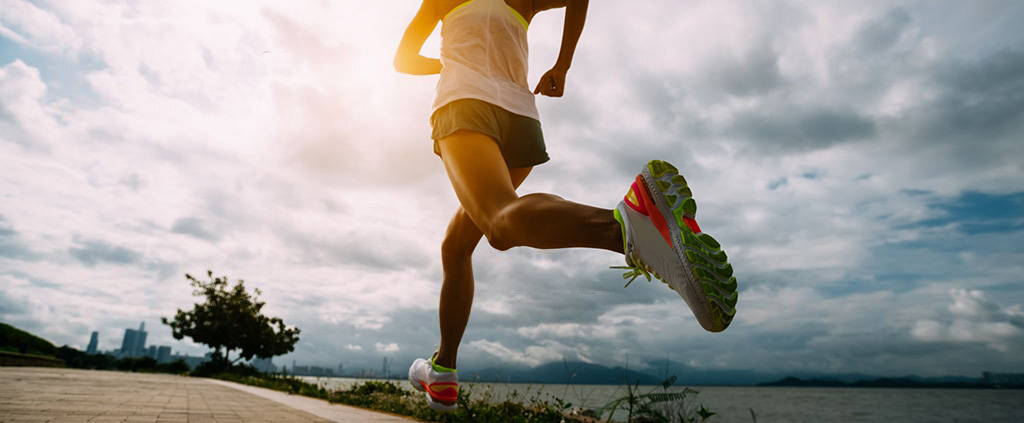
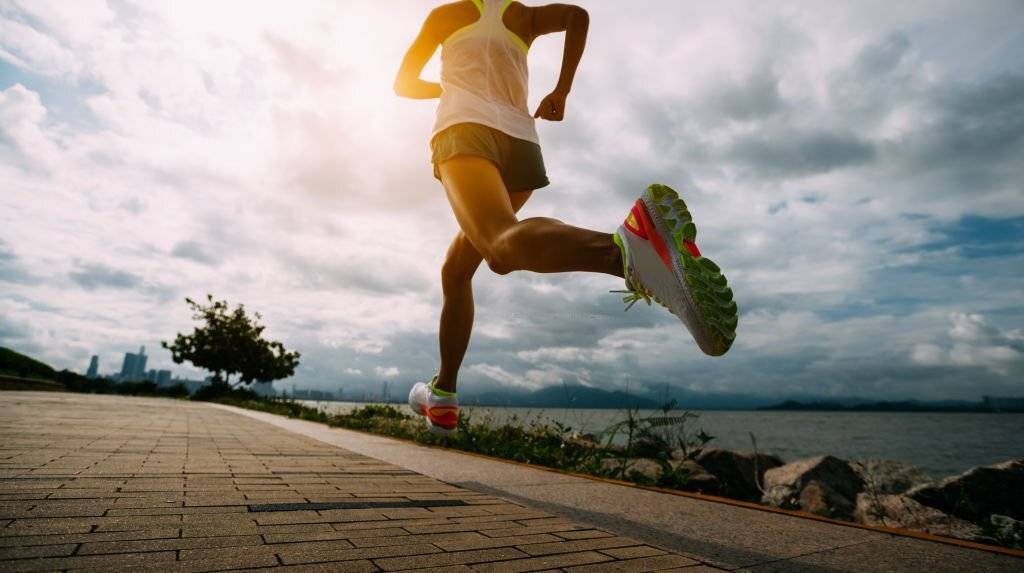
Knee braces are an invaluable piece of compression garment for runners and joggers alike. While many focus solely on finding the right shoes and apparel, compression sleeve brace for running provides a host of benefits that can take your performance to the next level. Here are some advantages:
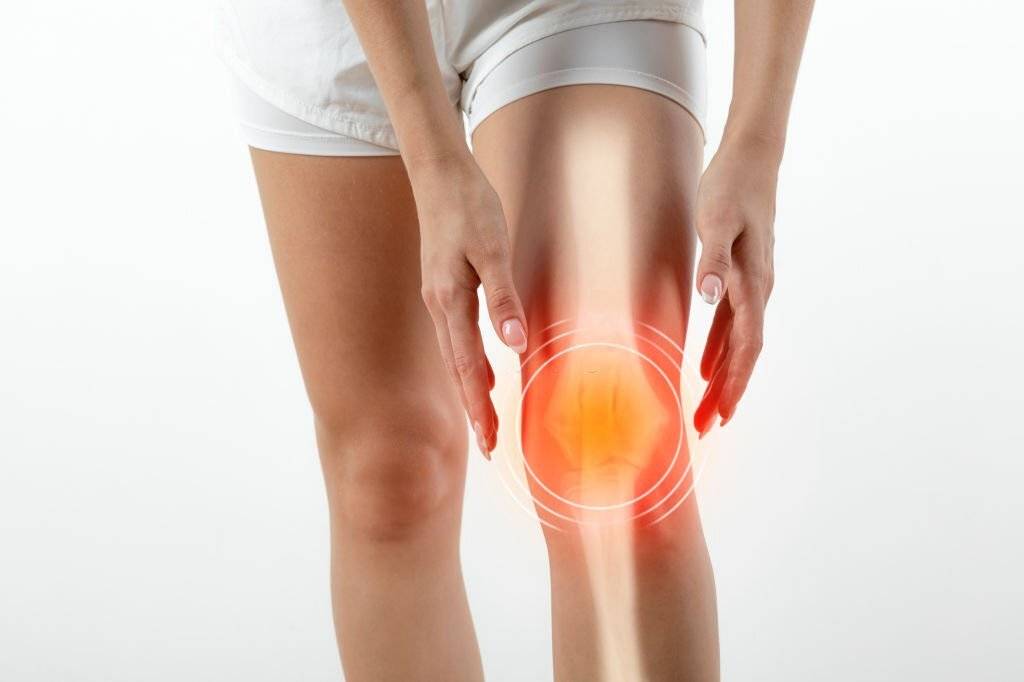
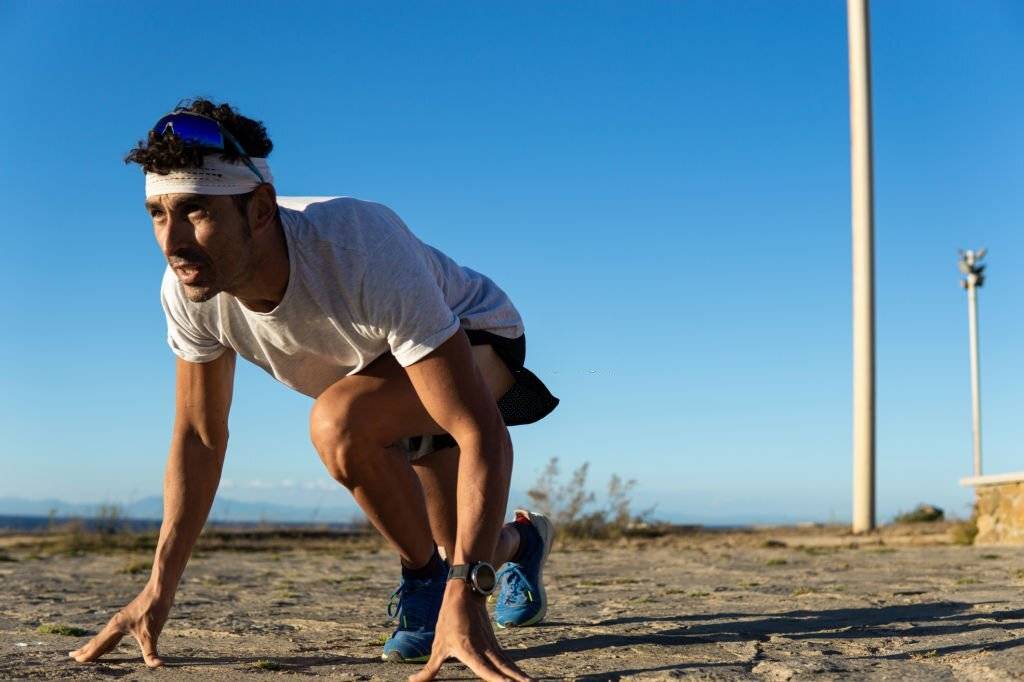
Wearing knee sleeves while running can improve joint stability through increased proprioceptive feedback. This means the sleeve stimulates receptors in the knee joint, improving your sense of body awareness and coordination. This heightened perception of movement can help to improve increase stability and reduce the risk of injury during running. Compression sleeves also help to provide additional support for weak and injured joints by helping them stay in place during movement.

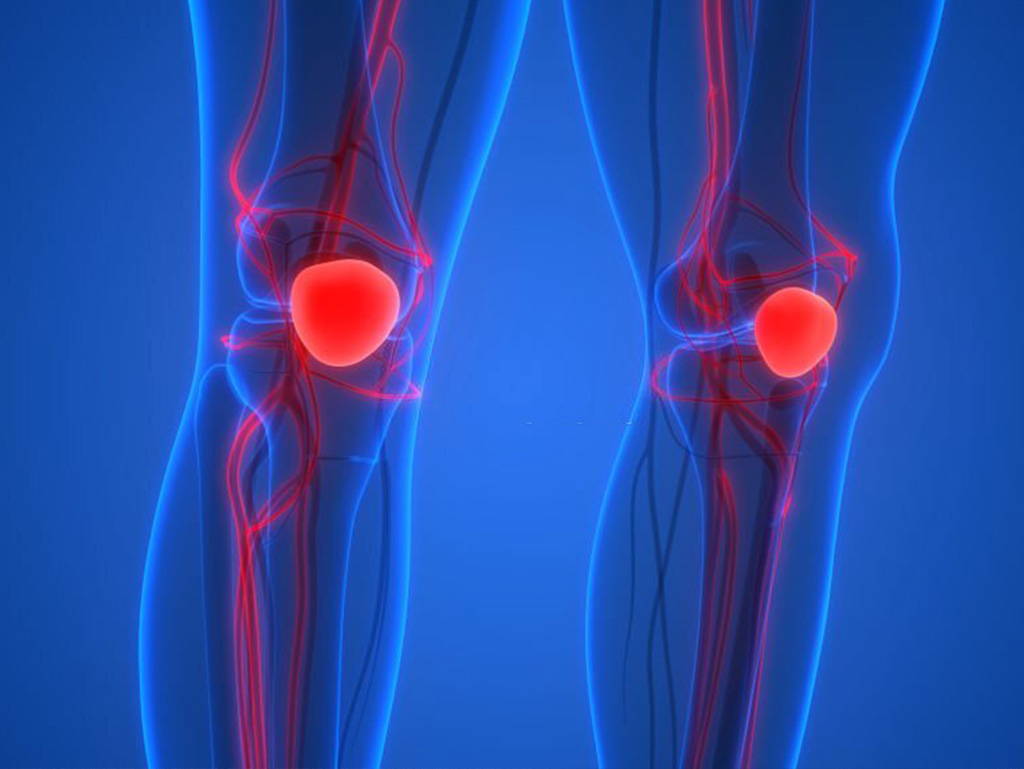
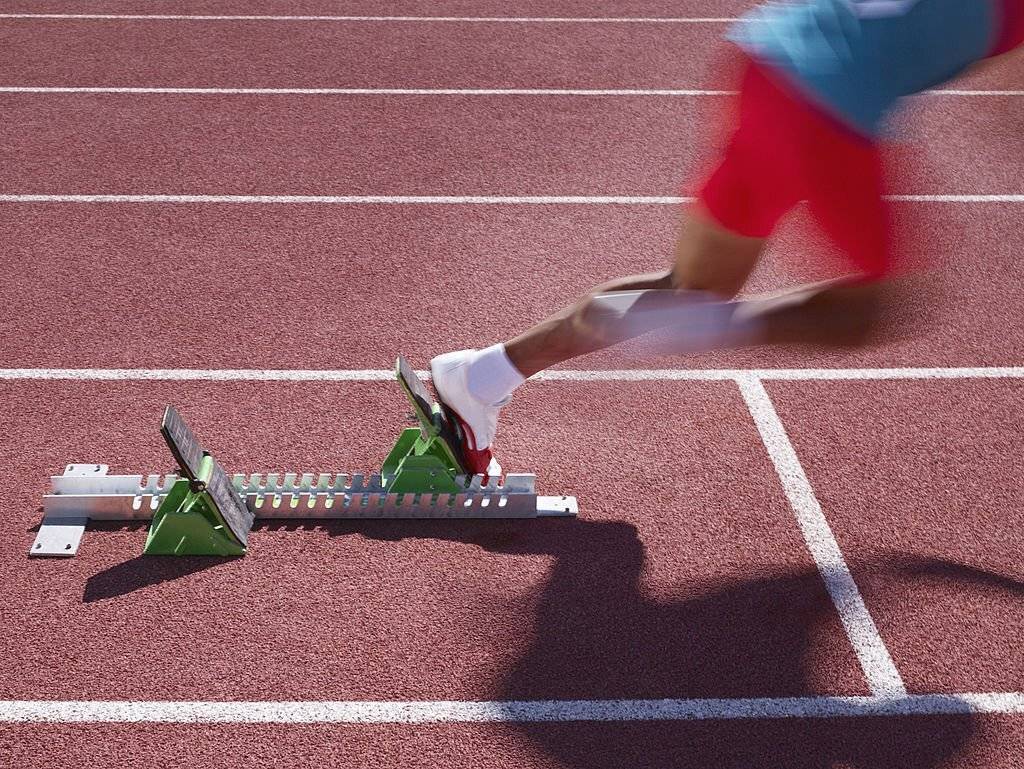
Knee compression sleeves work by providing compression around your joint, which helps to restrict over-extension. It also limits the build-up of lactic acid, reducing fatigue and soreness while increasing your endurance and overall flexibility during longer runs or workouts. This means you can push yourself further without feeling the pain of overworked muscles.

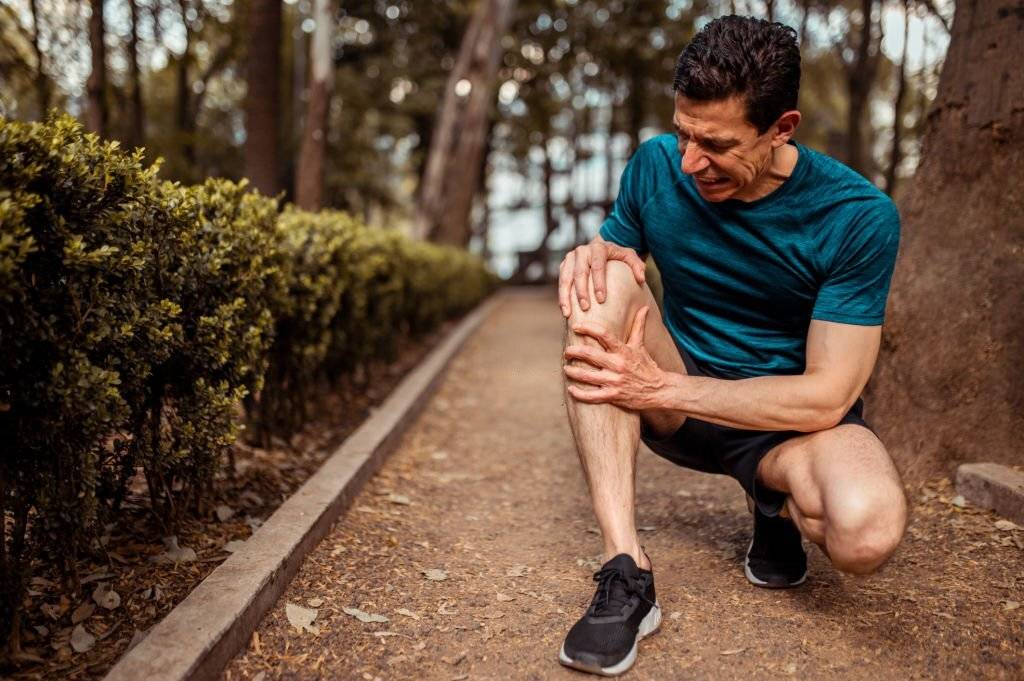
These are just a few of the many advantages backed by a 2016 study, which determined that wearing compression sleeves resulted in improved running economy and performance, including extended time to exhaustion, reduced perceived exertion and blood lactate levels, and greater peak leg muscle power post-run. Furthermore, it was also revealed that the use of compression gear might even reduce indicators of inflammation and muscular damage.
Often prescribed as a back brace for scoliosis, these braces use specialized materials that conform to the curve of the spine, providing a snug fit and maximum support. Custom-molded braces are typically more expensive than other types but can be very effective for people with scoliosis or other severe spinal deformities.
To understand how do knee compression sleeves work, it is important to know that three bones form the knee joint structure; your thighbone (femur), shinbone (tibia), and kneecap (patella). Connecting these bones together is a network of ligaments that allow us to move our legs in multiple directions with stability.
When we put a strain on our knees through any type of physical activity including running or jogging, we unknowingly place immense pressure on each individual part forming this complex mechanism. Without proper support from quality gear such as knee compression sleeves, we may cause lasting injury due to misalignment from forceful impact or overuse if not regularly taking breaks while exercising.
This brings us back to why they are beneficial; Knee Compression Sleeves help enhance circulation throughout all parts of your leg by providing an extra level of stability around your patella as well as strengthening supporting muscles surrounding it like hamstrings & calves.
A study of male runners in 2018 showed that those who wore a compression garment and ran a 5k time trial had less performance decrease and even better overall performance in the subsequent 5k one hour later compared to those who didn't wear them during the first run.

There are different types of knee sleeves for running, and to know which is right for you, it’s important to understand the differences between them. Read the label or do your research to find out which material is best for your needs.
Once you've chosen the best-fitting sleeve, remember these few tips to ensure the highest comfort and benefits from wearing it:
Proper Positioning and Placement
To ensure a secure fit around the knee joint, make sure that half of the knee sleeve is above and below your knees. Make sure that there is no bunching or pinching when you put your sleeve on — if there is, position the sleeve differently or choose a different size. It’s especially important for keeping your knees positioned properly during running or jogging so that the sleeve is secure without any loose fabric that could cause chafing or discomfort.
How Tight Should the Sleeve Be?
You want a snug fit—not tight enough that it cuts off circulation, but supportive enough that it helps keep your muscles warm without causing discomfort or pain while running or jogging. If adjusting velcro straps or drawstrings is available on certain models of knee sleeves, this may come in handy if needed during an intense workout session.
Wearing Knee Compression Sleeves During Warm-up and Cool-down
Wearing knee compression sleeves during warm-up activities is also beneficial because they increase skin temperature by trapping body heat against the skin which helps reduce muscle stiffness before beginning more intense exercising activities like running or jogging.
After exercise is completed, wearing a knee compression sleeve during cool-down sessions helps promote better circulation which aids in quicker recovery time afterwards. Results from a study suggest that wearing compression clothing can be an effective way to aid the recovery process after exercise-induced muscle damage.
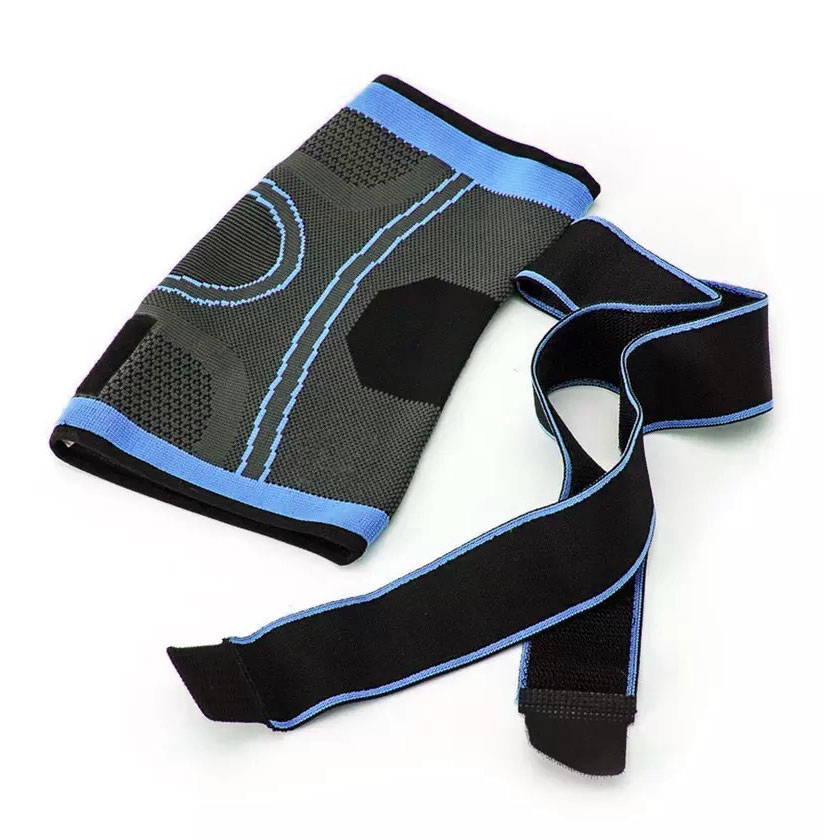
For the best compression sleeves in the market, be sure to check out Koprez®. We've got the best knee compression sleeves for running and jogging that provide superior comfort, stability and breathability. Our sleeves are designed to fit your body perfectly without any bunching or pinching while you exercise. Shop now and get the most out of each exercise session with Koprez®!
